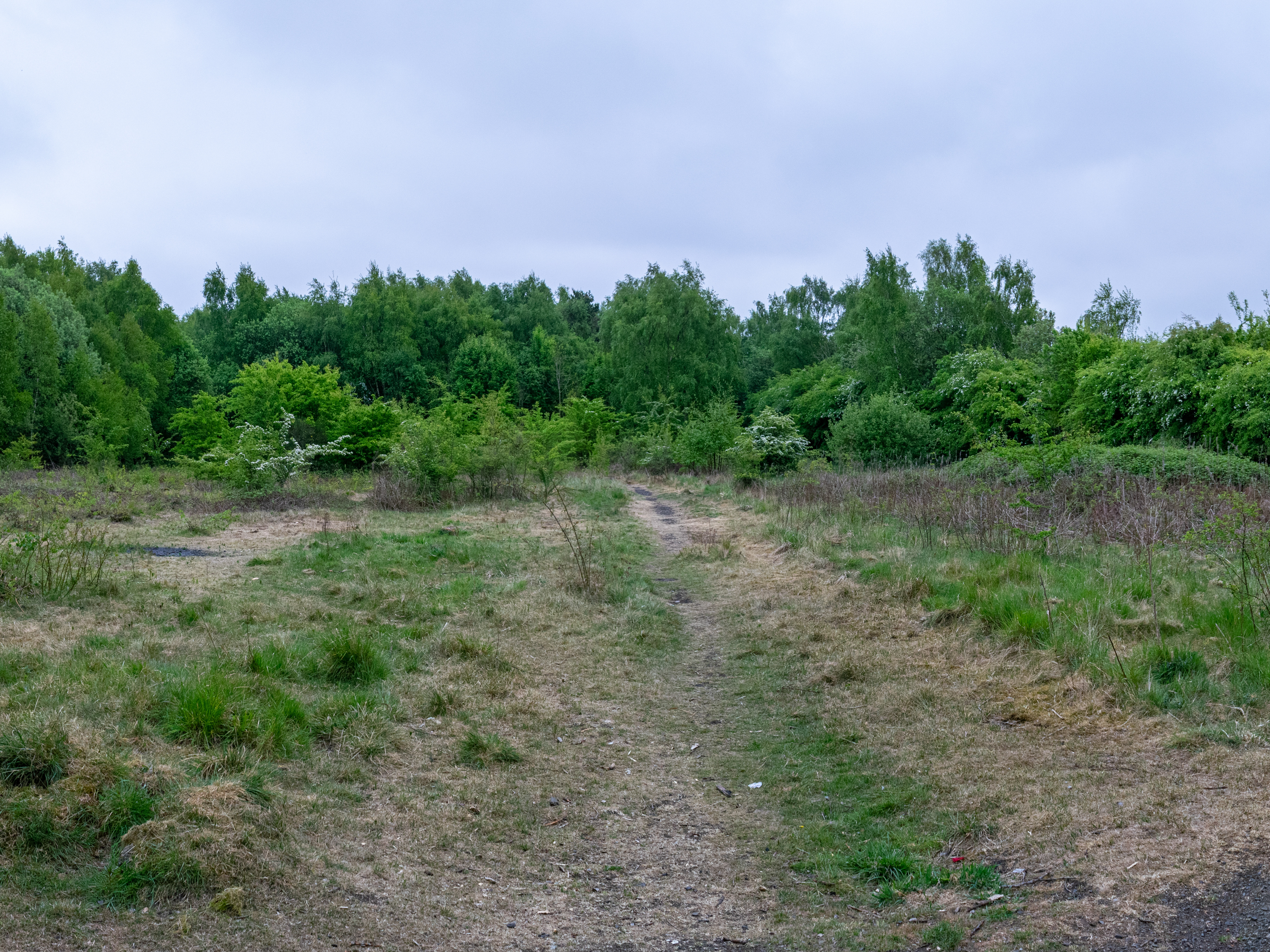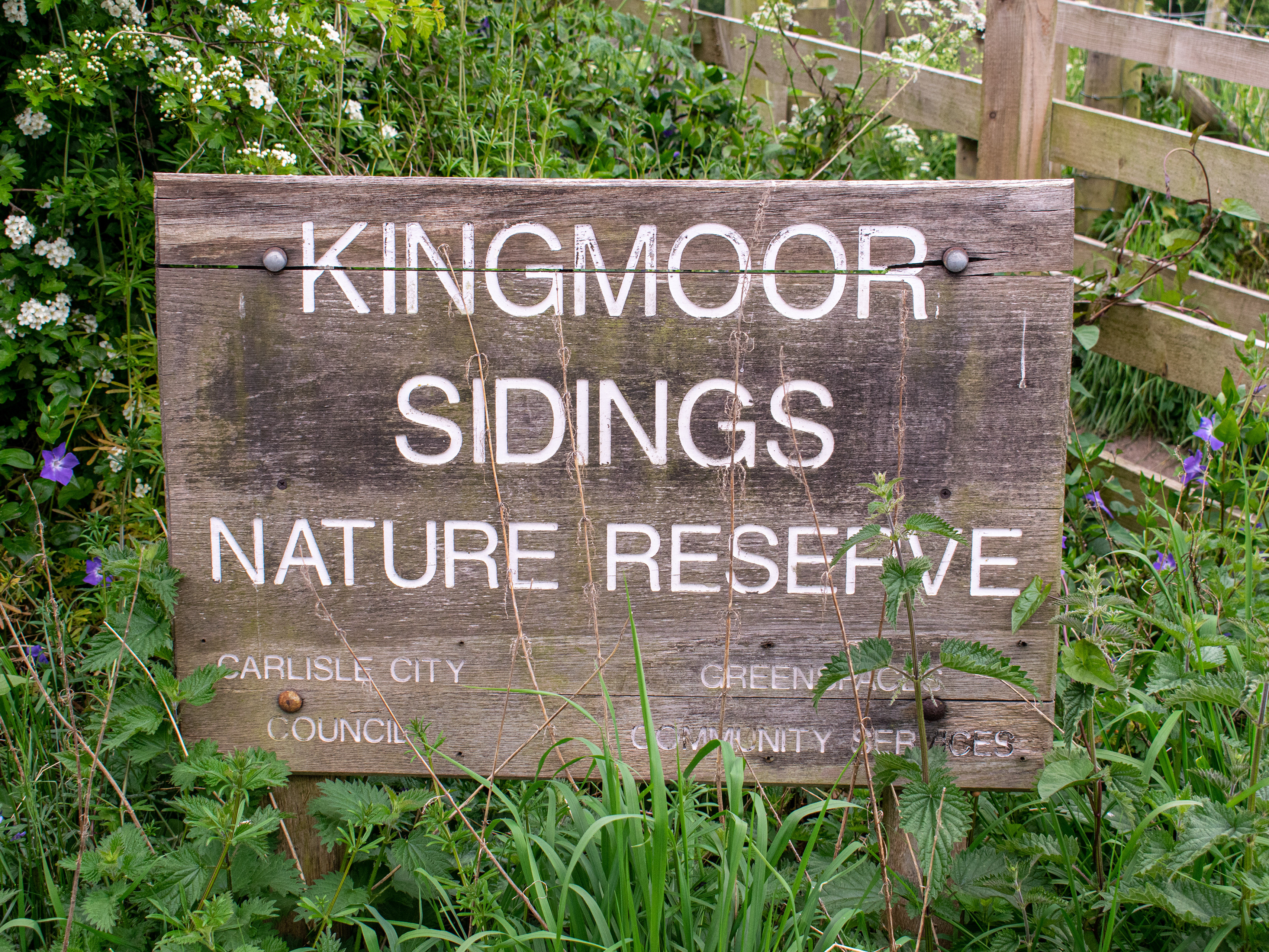The Kingmoor Sidings Reserve is an important small, secluded odyssey that contains a wide variety of habitats. A healthy mixed species woodland offers sanctuary for several species, whilst the ecological succession of the site means it continues to change and develop, adding to the biodiversity of the local area.
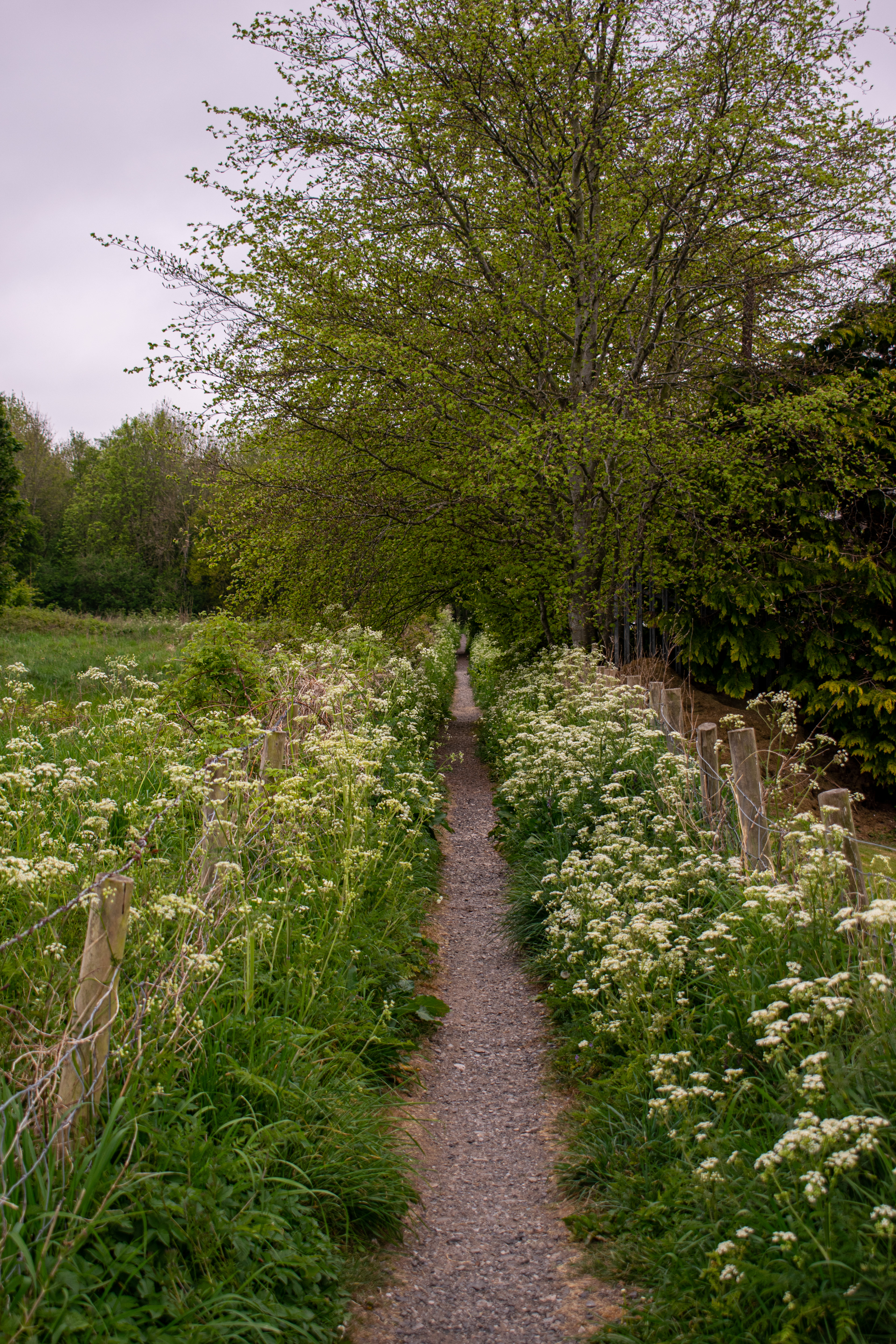
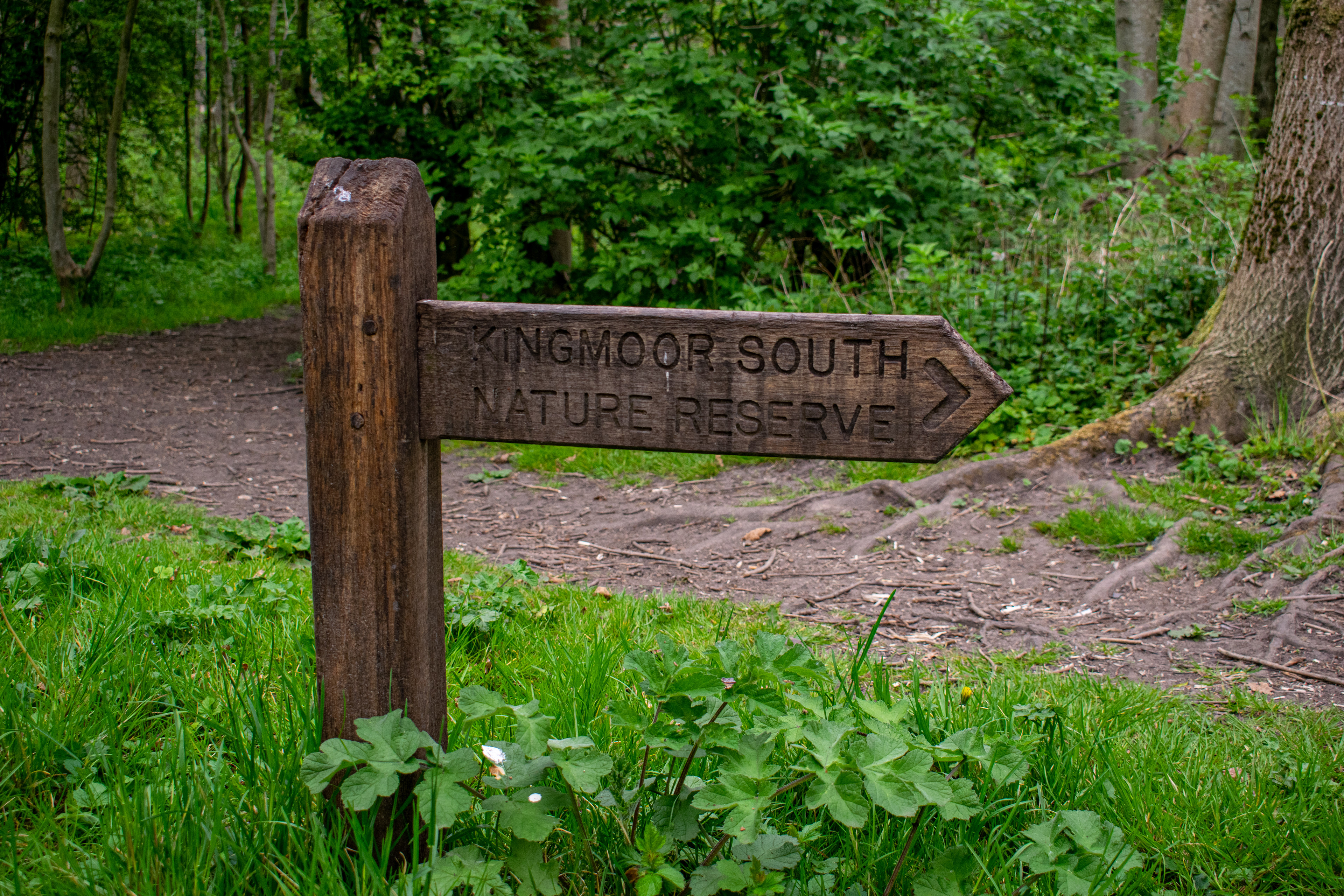
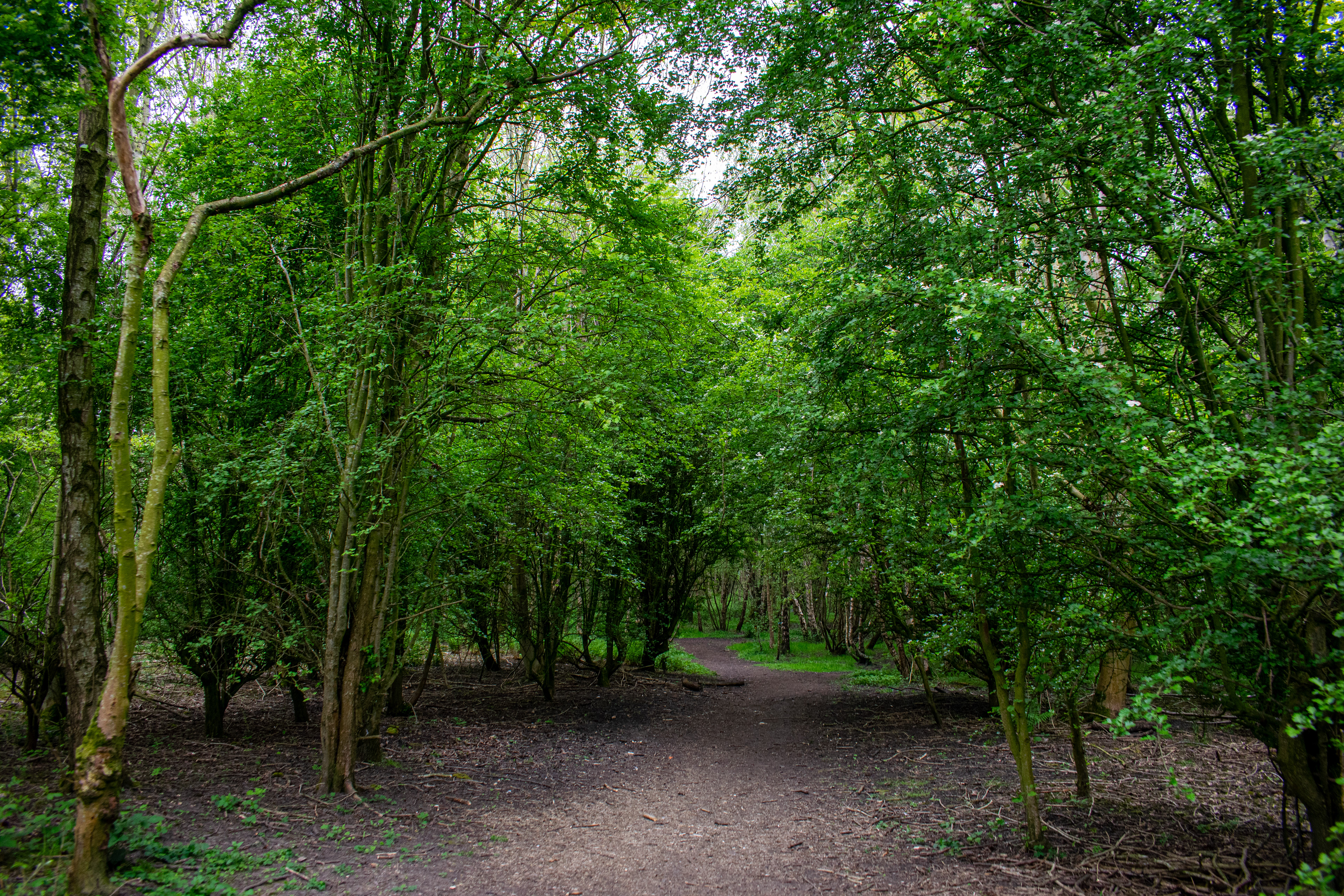
Fig. 11 - Kingmoor environment (Johnson, 2020)
Current management practices for the site involve keeping an area in the middle of the reserve clear of trees, in order to encourage the development of a mosaic of habitats. Outlined in the Cumbria Species and Habitats Statement, published in 2008, is the importance of these areas that develop on post-industrial land. These areas are key to biodiversity as they support an important set of flora and fauna species. Having an open area, on post-industrial land, within a woodland, is a unique occurrence. The management practices employed currently are minimal, possibly due to lack of research and funding. Leaving the area to develop with minimal interference is a strategy that needs monitoring, as the site could unintentionally develop into an area that lacks biodiversity. Regular monitoring of species would be a key to making this strategy work.
Fig. 11 - Blackthorn (Johnson, 2020)
The reserve, as well as the other Kingmoor reserves, are deserving of increased attention from several stakeholders. Increased understanding could be given by a study into species present in the area, comparing results with other sites in the UK, in order to create a management plan that offers sustainable, meaningful development. Important, too, is to ensure that the reserve is visited by members of the public, increasing awareness of what conservation practices are in use and giving the opportunity to explore the variety of species present.
Bibliography
Clough, R & Clough, T. (2015). NY3857:Old railway tracks, Kingmoor Sidings Nature Reserve. [online] Available at: https://www.geograph.org.uk/photo/4610991 [Accessed 07 May 2020].
Cumbria Biological Data Network (2008). Cumbria Species and Habitat Statements (with habitat targets, planning considerations and enhancement opportunities). [online] Cumbria. P.107-110. Available at: https://www.eden.gov.uk/media/2977/cumbria-species-and-habitats-statements.pdf [Accessed 05 May 2020].
Fitzmaurice, K. (2020). Response to Kingmoor information request. [email].
Mayle, B. A. (1990). Habitat Management for Woodland Bats. [PDF] Available at: https://www.google.com/url?sa=t&rct=j&q=&esrc=s&source=web&cd=1&ved=2ahUKEwivmKmDmaTpAhVRqHEKHdaKCAQQFjAAegQIAxAB&url=https%3A%2F%2Fwww.forestresearch.gov.uk%2Fdocuments%2F4943%2FRIN165.pdf&usg=AOvVaw3RJjjuMFt2yF5yAmLQnXCL [Accessed 08 May 2020].
National Biodiversity Network (2020). NBN Atlas. [online] Available at: https://nbnatlas.org [Accessed 26 April 2020].
